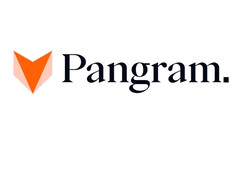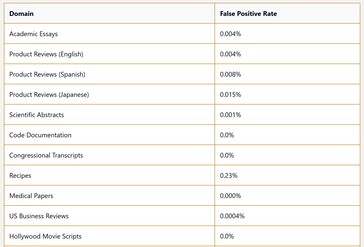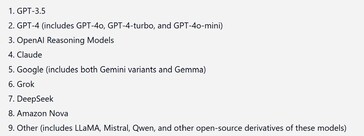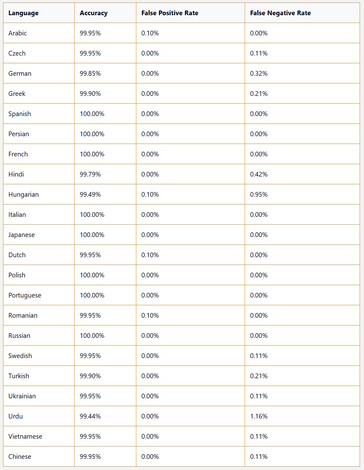The improved Pangram AI writing detector prevents students from submitting AI-generated essays as their own work to get easy A's.
AI models such as OpenAI's ChatGPT have become useful tools to students who are hoping for success without working hard. AI chatbots can research various subjects to generate well-written essays. The latest AI humanizer tools can also modify such texts to resemble human writing more closely. This makes plagiarism detection much more challenging, and teachers must rely on a long list of clues to identify AI-written text.
Pangram has tackled this problem by updating its AI writing detector to identify text written by chatbots, then altered to be more humanlike by humanizer tools. It can identify which chatbot family, such as OpenAI ChatGPT, Anthropic Claude, Google Gemini, and xAI Grok, created the text with 93% accuracy.
Importantly for teachers, the false positive rate is very low, meaning that most cases identified by Pangram are actual instances of cheating. The software identifies which sections of a submitted text are likely written by a human or AI, helping detect instances where students mix text to bypass detection. Pangram provides a split-screen view, enabling users to compare submitted text with AI-generated content from a chatbot of their choice for side-by-side analysis in challenging cases.
On the other hand, readers who must use AI at work can learn about Microsoft Copilot in this book on Amazon to improve their efficiency at replying to sales inquiries, generating marketing pitches, and other office tasks.


















